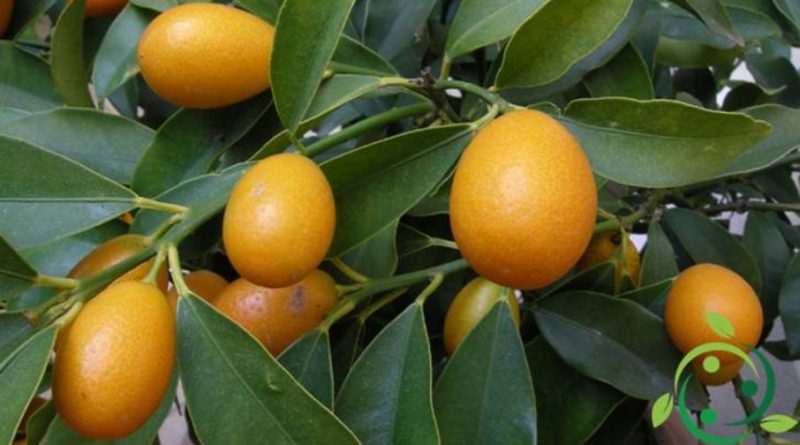How to grow Kumquat
How to grow Kumquat
The kumquat or cumquat (Citrus japonica tobbese Thumb., 1784), also commonly called Chinese mandarin or kingen, is a small fruit tree belonging to the Rutaceae family (citrus fruit). In this tab we will see the suggestions and how to cultivate the Kumquat. Kumquat is an evergreen shrub that can also be adapted for cultivation in pots or small gardens. This small plant can reach, in maximum development, a height of 2 – 3 meters. The flowering of kumquats begins in spring and proceeds until summer. From the setting of these flowers you get small ovoid fruits with peel and color similar to oranges. These are small edible fruits with a very acid pulp flavor and should be eaten with the whole peel. This having a sweet taste compensates in part the acidic taste of the pulp. The peel can also be used to make jam.
For the cultivation of this small citrus it is important to bear in mind that it is more resistant to the cold of its “cousins”, so it can be grown outdoors even at higher latitudes or in large vessels.
On the market there are some varieties of kumquats including those of the Jiangsu group, or of more dwarf varieties such as the Nagami kumquat cultivar whose fruits have green and yellow variegations of color.
For the cultivation of Chinese mandarin we recommend starting from young seedlings certified in nurseries and already grafted. If you have to cultivate in pot this is preferable that it is in terracotta with proportions proportional to the root system. In the ground, well drained and not calcareous soils must be chosen (to avoid all subsequent chlorosis). For the pot soil you can go on the same characteristics with addition of soil for citrus. Also in the case of cultivation in pots, we must consider that the plant must be repotted every 3-4 years in spring.
Even the plant in the open field must be done between April and May. Before the plant to be made by digging small holes of 30 x 30 x 30, place the mature manure in these and covered with soil and compacted in a manner that is not excessive. The sixth (in the case of several plants can also be 2 x 2 meters, or rows paired at a distance between these 1.5 meters and two meters between the rows.
Needless to say, like all citrus fruits, the kumquat must be constantly watered especially from May to September – October.
Among the adversities we remember in particular those of cochineals and mites.
The uses of Marseille soap and horsetail macerates are excellent deterrents. The latter gives a particular resistance to plants even against fungal attacks.

